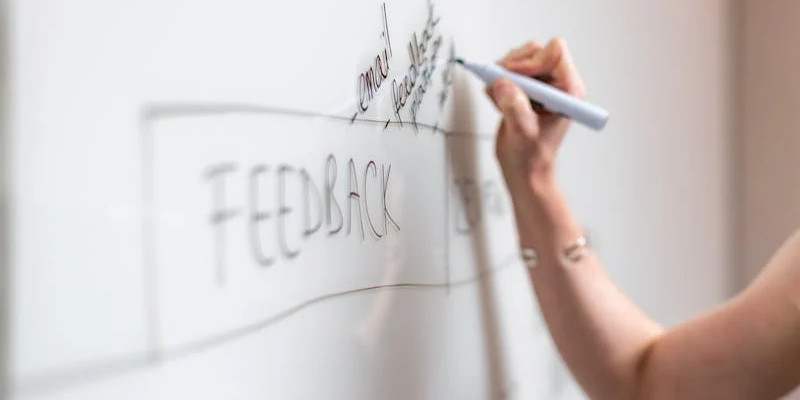 How to share an update
How to share an update
Sharing a few details can make a huge impact.
(I'm sharing this story with my client's permission, without identifying details.)
Recently, I coached a new manager who was asked to share her project status at an enterprise review meeting. As she prepared for the meeting over the next week, I quickly realized she didn't know what to include in the update.
Answering the questions
So I took advantage of a coaching moment—a coaching button—and asked a few questions: Where is the project right now? (Requirements gathering.) Who was involved in reviewing the requirements? (A short list of stakeholders.) What did you share in the last update? (Not much.) I encouraged her to start there, and build her update to answer those questions.
We met a few days later, and her presentation was in much better shape. She summarized the project status in a few slides, without much text. It was an excellent project overview; the project status was neatly summarized in those slides.
Why we share updates
Before the presentation, my client asked me, "why do I have to share all this information when most of the people there already know about it?" She had previously shared an email update with most of the people in the meeting, so wouldn't they already know about the project if they read their emails?
You can't assume others know everything about your project. And you can't assume everyone "gets" everything in the emails you write. Sometimes, you need to share these updates in person.
The reason for a project update is to tell other people about the project and how it's going. We are all in this together, and we want to know if the project is on track or if it's falling behind, if the right people are involved, and if it's going to do what we need it to do. Shoot for what you think everyone probably knows, plus about ten percent more.
Filling in the details
That afternoon, the manager shared her project status at the enterprise review meeting. Afterwards, my client shared that the presentation went smoothly. She opened with a brief background for the project, then described the goals of the project, enumerated who has been involved and described their input and feedback into the project, and shared a rough timeline with next steps.
Later, one of the enterprise leadership team shared a few insights with me. Going into the meeting, they were very concerned about this project update. Apparently, previous project updates weren't well received; the manager only shared brief verbal reports, no slides, and didn't provide much in the way of status. But in this meeting, the enterprise team was very pleased to hear such a complete, professional update on the project. One team member recognized the coaching I had done with this manager, and commented that the coaching made all the difference.
